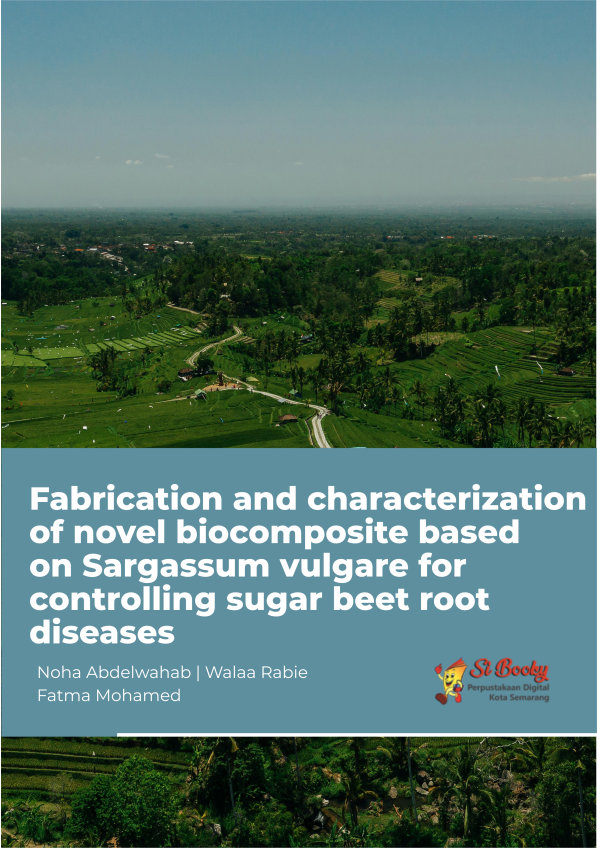Fabrication and characterization of novel biocomposite based on Sargassum vulgare for controlling sugar beet root diseases
Background: Safe food free from diseases is the world's goal. Excessive usage of chemical fungicides is considered the most important danger for the climate. Natural alternatives with low costs have become the best choice for sus- tainable agriculture.
Results: In the context of researching green materials instead of chemical fungicides, the fabrication of nanoSargassum vulgare and its composite with zeolite was carried out. Followed by an investigation of the efficiency of their extracts on controlling sugar beet root rot diseases caused by soil-borne pathogens Rhizoctonia solani (R. solani), Sclerotium rolfsii (S. rolfsii), and Fusarium oxysporum (F. oxysporium) throughout two successive seasons (2020/2021 and 2021/2022) under greenhouse conditions. The structure and morphology of nanosargassum and its biocomposite were characterized by FTIR, SEM, EDX, Zeta potential, and size particles. The morphological structure of biocomposite was changed from tubularly structured into layers stacked on top of each other after impregnation of zeolite into S. vulgare, and its size was reduced from 85 to 50 nm, which was confirmed through size particle distribution. The biocomposite was the most effective one in managing root rot disease caused by R. solani. It reduces disease severity (DS) and disease incidence (DI) with efficacy (91.08% and 88.89%), respectively, compared to that recorded by commercial fungicides (63.09% and 61.81%). In the same manner, the composite extract recorded the highest efficiency percentage in controlling the disease caused by S. rolfsii (76.04 and 55.27e was carried out. followed by an investigation of the efficiency of their extracts on controlling sugar beet root rot diseases caused by soil-borne pathogens Rhizoctonia solani (R. solani), Sclerotium rolfsii (S. rolfsii), and Fusarium oxysporum (F. oxysporium) throughout two successive seasons (2020/2021 and 2021/2022) under greenhouse conditions. The structure and morphology of nanosargassum and its biocomposite were characterized by FTIR, SEM, EDX, Zeta potential, and size particles. The morphological structure of biocomposite was changed from tubularly structured into layers stacked on top of each other after impregnation of zeolite into S. vulgare, and its size was reduced from 85 to 50 nm, which was confirmed through size particle distribution. The biocomposite was the most effective one in managing root rot disease caused by R. solani. It reduces disease severity (DS) and disease incidence (DI) with efficacy (91.08% and 88.89%), respectively, compared to that recorded by commercial fungicides (63.09% and 61.81%). In the same manner, the composite extract recorded the highest efficiency percentage in controlling the disease caused by S. rolfsii (76.04 and 55.27%), respectively, compared to fungicide (67.74 and 36.92%). All applied treatments considerably reduced DS and DI caused by F. oxysporum. At the same time, growth characteristics, sucrose, and TSS percentages of the root juice significantly improved when the seeds were treated with the biocomposite extract.
Belum ada ulasan untuk buku ini.


